I stumbled across the Kimono Tee a few years ago when I first started sewing. It’s a free (I love free!) PDF pattern by Maria Denmark. The pattern is a thank you for signing up for her newsletter.
If you aren’t familiar with Maria and her site, you should click on over and check it out. In addition to patterns, Maria offers e-books on fit and maintains an active blogging schedule focused on how to build a handmade wardrobe. Maria won me over when I read that she taught middle school for several years before launching her sewing business. As a former middle school teacher, I have a huge soft spot for fellow educators, especially those who taught/teach at the middle level.
I wisely decided to sew a muslin of the Kimono Tee before cutting into my pretty fabric. The shirt is only two main pattern pieces and a neck band. Construction is simple. If you’ve made a knit shirt before, you probably won’t need to read them.
I made a muslin because I wanted to play around with the neckband finishing- visible t-shirt style or invisible and folded under. In addition, I’m in between waist and hip sizes on the pattern’s size chart and was a little worried about having enough room around my hips in the finished garment. The shirt did sew up too tight in the hips, so I graded out the side seams by about an inch and a half on each side. I went with a visible t-shirt style neck band for the muslin which turned out okay, but not great. I decided to go with the invisible finish for the final top.

Since this shirt is such a fast sew, the muslin and final shirt were completed very quickly. I started mid morning and was done by lunch!

Let’s talk about these fabrics…
Something weird happens to me in fabric stores (and when browsing online for fabric). I fall for a print or color I would never select in a clothing store. Colors or prints I would pass over in a RTW garment because I know they don’t compliment my complexion are suddenly in my cart when I’m fabric shopping. A prime example is the fabric I used for this muslin.
This midwestern style print features dusty shades of pale blue and coral. On the bolt, it was really pretty, but I know better. Coral is not a good color for my skintone and the blue in this print is too muted to provide any sort of visual pick-me-up. The resulting shirt badly washes me out.

The second Kimono Tee was also made with a fabric that featured blue and coral, but this print really upped the wattage. The coral is bright and contains some red tones. The blue is dark, nearly navy. Additionally, this pattern utilizes a white background that really makes the colors pop. It looks a million times better on me than the knit I used for the muslin.

It’s disappointing. I adore the pastel color palettes I see on so many IG accounts and love millenium pink (I hear that’s what the cool kids are calling it) , but such soft shades are poor matches for my skin tone. To fulfill my pastel dreams, I buy my husband lots of pale colored shirts and sweaters. The soft shades look great on him.
As I shop for fall fabrics, I’m trying to stick to the colors and shades I know are complementary to my skintone. It’s easier for me in the cooler months when stronger, darker colors fill the shelves.
Is it just me? Do you also buy fabrics that are pretty on the bolt only to find they don’t look particularly good on you?
Happy Sewing
XOXO







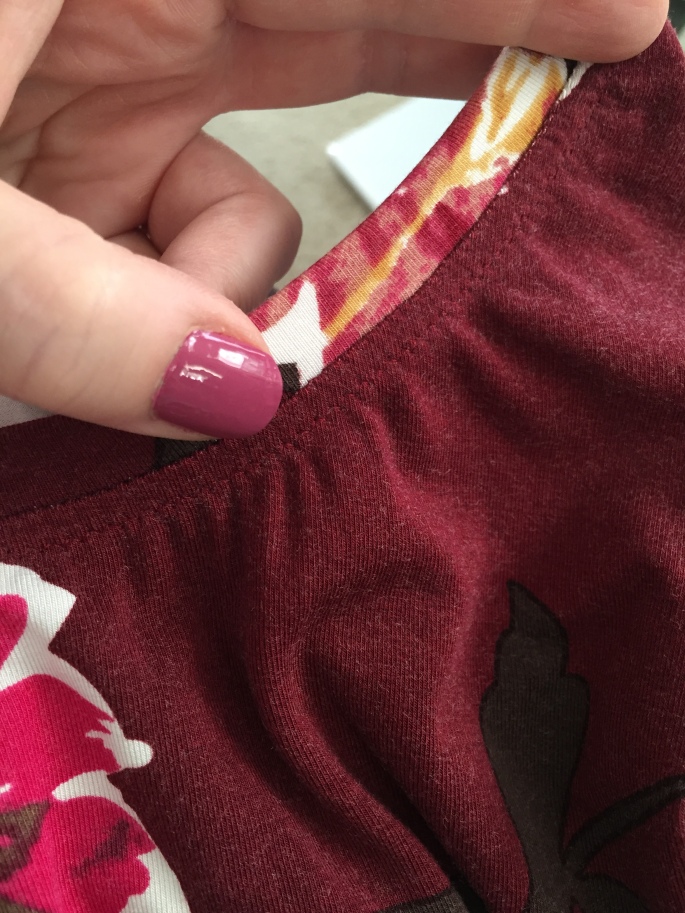






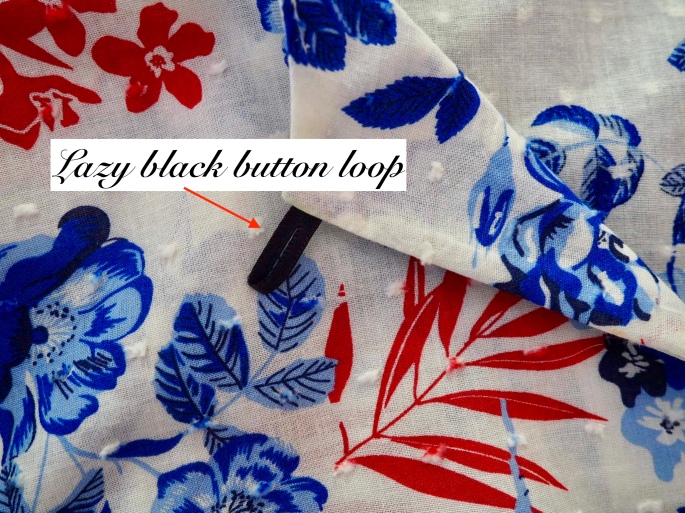




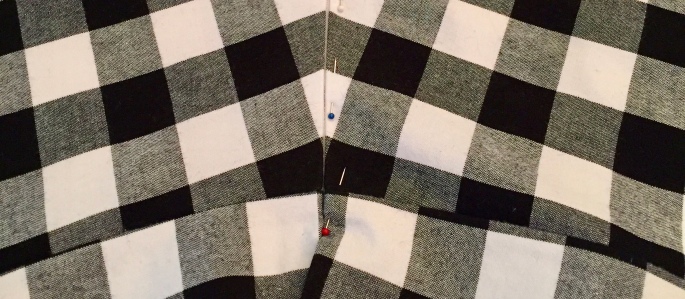


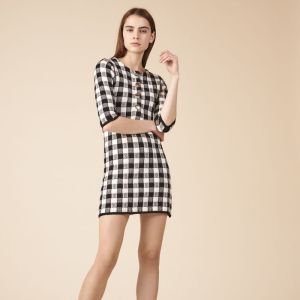







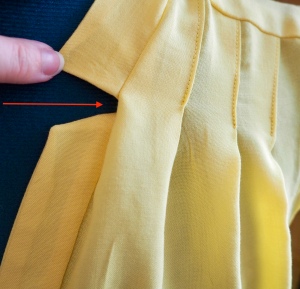



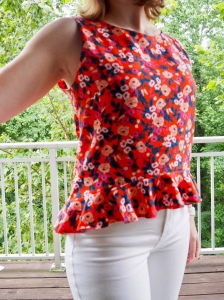




 pattern envelope, I realized I was between sizes at the waist measurement. I cut the small for the muslin and it fit- if I didn’t breath. Feeling a bit chubby, I cut the medium and that worked much better.
pattern envelope, I realized I was between sizes at the waist measurement. I cut the small for the muslin and it fit- if I didn’t breath. Feeling a bit chubby, I cut the medium and that worked much better.









